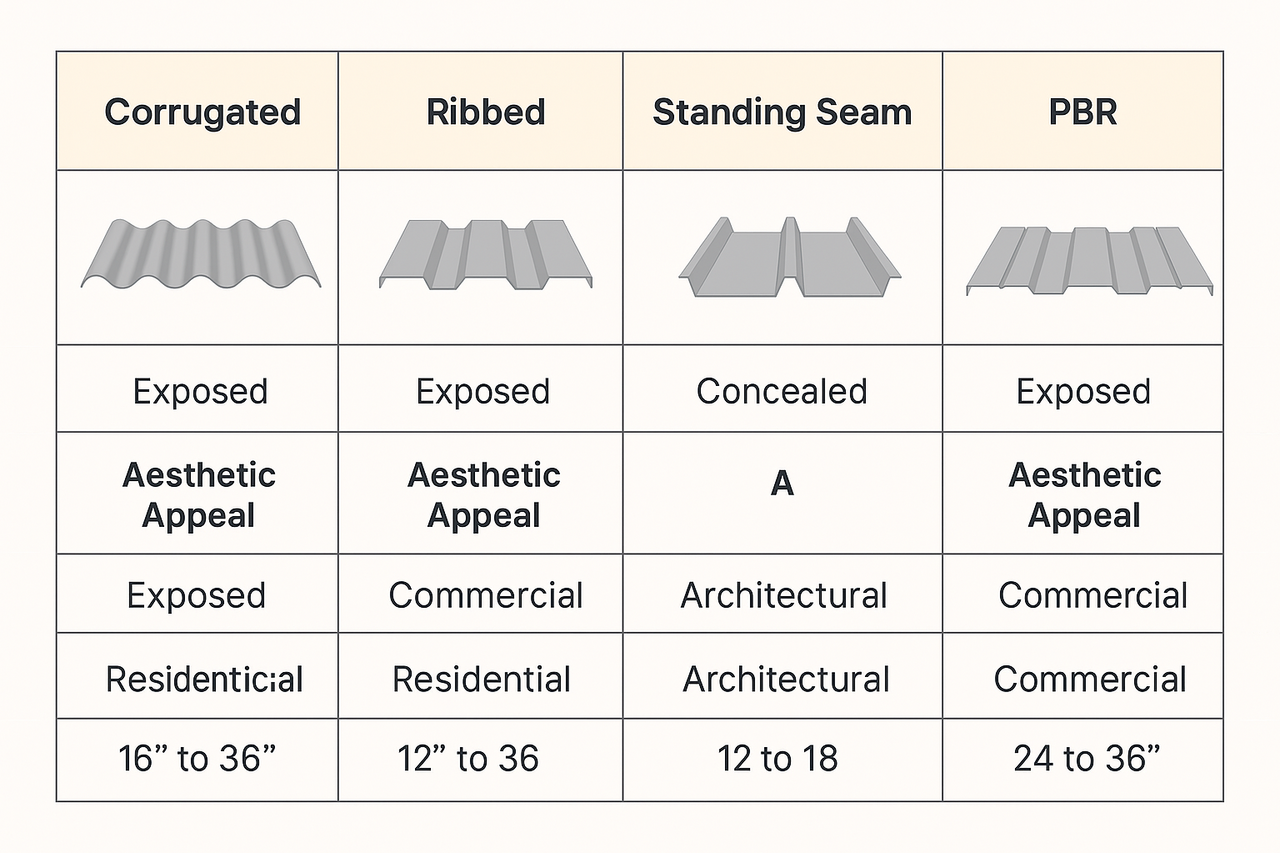
Posted on Friday, May 23, 2025
Metal roofing panels are becoming the material of choice for commercial, industrial, agricultural, and even residential buildings. Known for their durability, energy efficiency, and modern appearance, metal roof panels come in a variety of types, sizes, and finishes suited to a wide range of climates and applications.
Metal roof panels are manufactured sheets of steel, aluminum, copper, or zinc designed to protect structures from environmental elements. They are formed by roll forming machines into specific profiles that suit various aesthetic and structural needs.
| Material | Key Features | Ideal Uses |
|---|---|---|
| Galvanized Steel | Zinc-coated steel; corrosion-resistant | Commercial, industrial roofs |
| Galvalume | Aluminum-zinc alloy coating; long lifespan | Coastal & humid regions |
| Aluminum | Lightweight, rust-proof | Residential, coastal buildings |
| Copper | High-end look, patinas over time | Luxury and historical restoration |
| Zinc | Self-healing surface, extremely durable | Architectural projects |
Typical Material Thickness: 22 – 29 gauge (0.3 mm to 0.8 mm)
Yield Strength Range: 40 KSI to 80 KSI depending on the panel type and material
| Profile Name | Description | Common Uses |
|---|---|---|
| Corrugated Panels | Wavy pattern; classic look | Agricultural buildings, sheds |
| Ribbed Panels | Raised ribs for strength | Commercial, barns |
| Standing Seam Panels | Concealed fasteners; modern appearance | Residential, commercial roofs |
| Snap Lock Panels | Interlocking seams for easy installation | Homes and mid-size buildings |
| PBR (Purlin Bearing Rib) | Extra support at lap for better installation on purlins | Steel structures, warehouses |
| R-Panel | Popular low-slope commercial roofing | Warehouses, steel buildings |
| 5V Crimp | Classic look with minimal overlap | Homes, barns, smaller roofs |
Standard Widths: 12", 16", 18", 24", 36"
Length: Custom cut to size, usually up to 40 feet
Rib Height: Ranges from 3/4" to 1.5"
Overlap: 1" to 2" depending on profile
Coverage Width: Varies per profile and panel design
Residential: Modern and energy-efficient housing
Commercial: Retail stores, office buildings, malls
Industrial: Warehouses, factories, logistics hubs
Agricultural: Barns, silos, animal shelters
Public/Government: Schools, hospitals, military buildings
Energy & Utility: Solar panel mounting structures
Hospitality: Resorts, eco-lodges, and off-grid housing
Lifespan of 40–70 years
Fire and wind resistant
Low maintenance
Highly recyclable
Energy efficiency (especially with coatings or cool roof finishes)
Here are some of the leading manufacturers known for quality and innovation:
McElroy Metal
Metal Sales Manufacturing Corporation
Fabral
MBCI (Metal Building Components Inc.)
American Building Components (ABC)
Englert Inc.
ATAS International
Union Corrugating Company
Central States Manufacturing
Reinke Shakes
Everlast Roofing
Berridge Manufacturing Company
Drexel Metals
Firestone Building Products
Sheffield Metals
Petersen Aluminum Corporation
ASC Building Products
AEP Span
Tamko MetalWorks
Bridger Steel
Tata BlueScope Steel (India/Australia)
ArcelorMittal (Luxembourg)
Kingspan Group (Ireland)
Ruukki / SSAB (Finland/Sweden)
Bluescope Steel (Australia)
NLMK (Russia)
Dongkuk Steel (South Korea)
POSCO (South Korea)
Zamil Steel (Saudi Arabia)
Metecno Group (Italy)
Ternium (Latin America)
JSW Steel (India)
Yieh Phui Enterprise Co. (Taiwan)
Baosteel (China)
Corus Group (UK - now part of Tata Steel)
Nippon Steel (Japan)
JFE Steel Corporation (Japan)
Salzgitter AG (Germany)
Severstal (Russia)
Dongbu Steel (South Korea)
Yes. Standing seam panels are ideal for solar installations as mounting brackets can be clamped to the seams, avoiding roof penetration. They are long-lasting and often outlive solar systems.
Use:
Metal shears for small straight cuts
Nibblers for curves
Circular saws with metal blades for larger, straight cuts
Safety Tip: Always wear gloves, goggles, and hearing protection.
Basic steps:
Prepare roof deck (plywood or OSB)
Apply waterproof underlayment
Align starter strip
Overlap panels and fasten with screws (at ridges, not valleys)
Install ridge caps and flashing
Seal edges with butyl tape or foam closures
For standing seam systems, use clip-fastening methods to allow for thermal movement.
| Type | Installed Cost (USD/sq.ft.) |
|---|---|
| Corrugated Panels | $4 – $6 |
| Standing Seam | $8 – $14 |
| Copper | $15 – $30 |
| Aluminum | $7 – $12 |
Total cost depends on gauge, labor, profile type, and location.
Yes. Use paint systems like:
Kynar 500® (PVDF): Premium, long-lasting
Silicone-modified polyester (SMP): Budget-friendly
Acrylic or polyester paints: Shorter life span
Surface prep, priming, and proper curing are essential.
Metal roof panels are more than just a trend—they're a smart investment across residential, commercial, and industrial sectors. With a wide range of profiles, materials, and finishes, they offer unbeatable longevity, environmental benefits, and modern aesthetics.
Whether you're an architect, contractor, or business owner, understanding the types, specs, installation methods, and suppliers will help you make the best decision for your next roofing project.
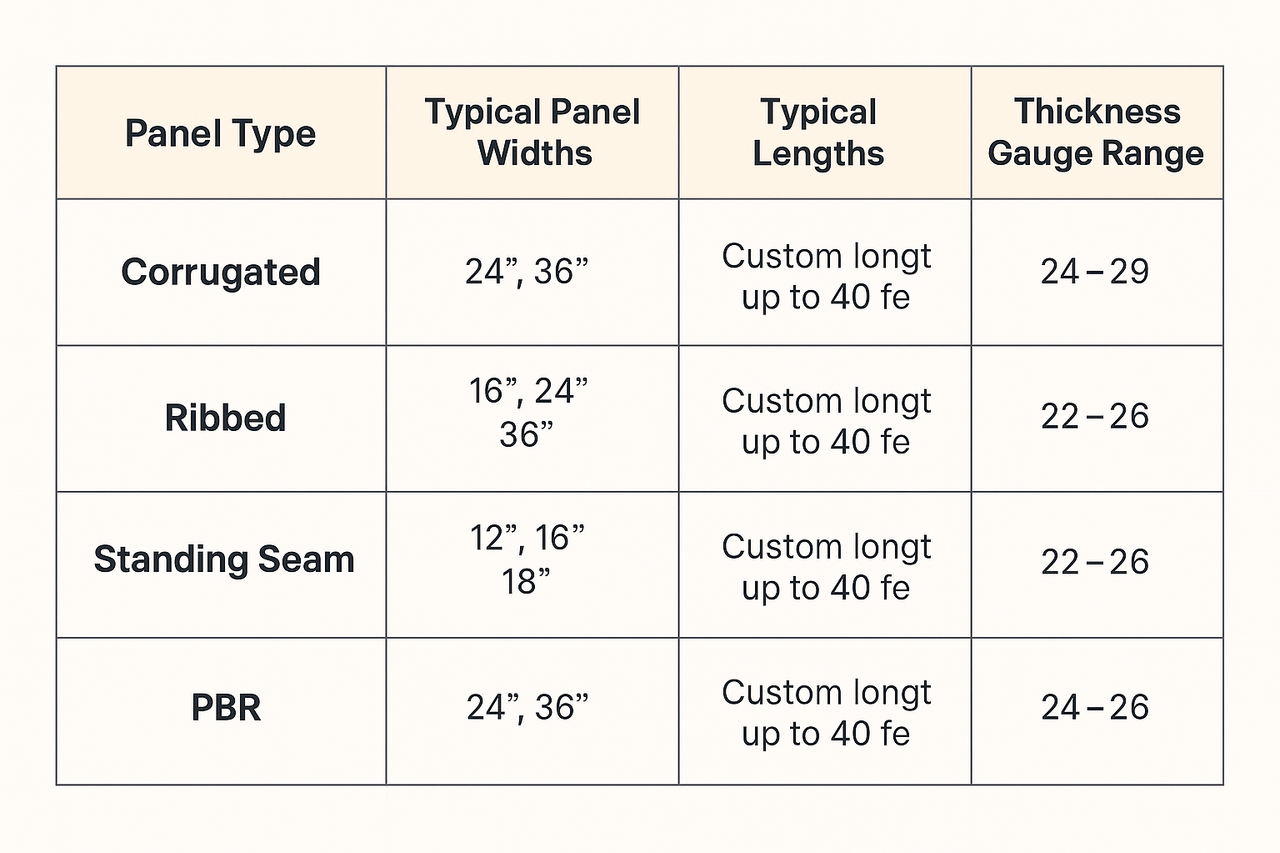
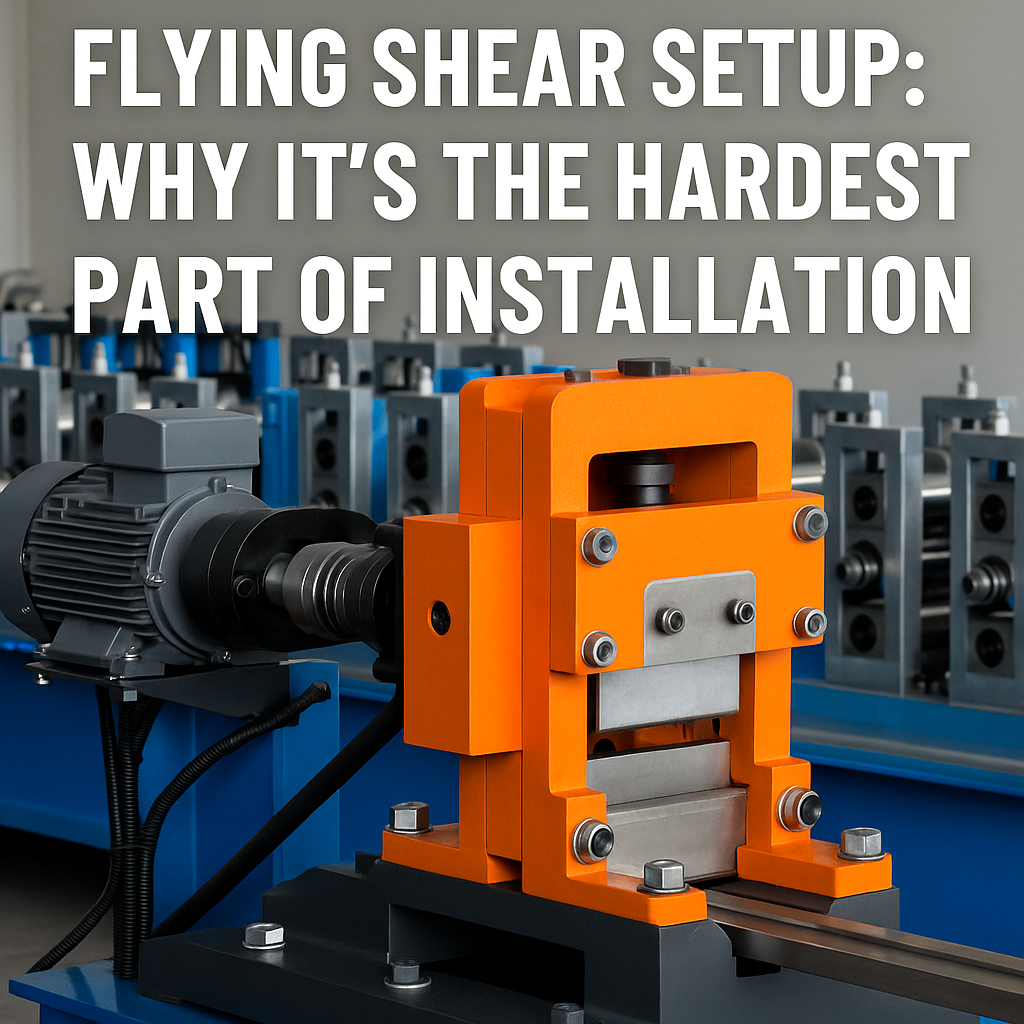
Flying Shear Setup: Why It’s the Hardest Part of Roll Forming Machine Installation
Posted on Monday, November 24, 2025
If you want a header image, meta description, or series continuation, just tell me.
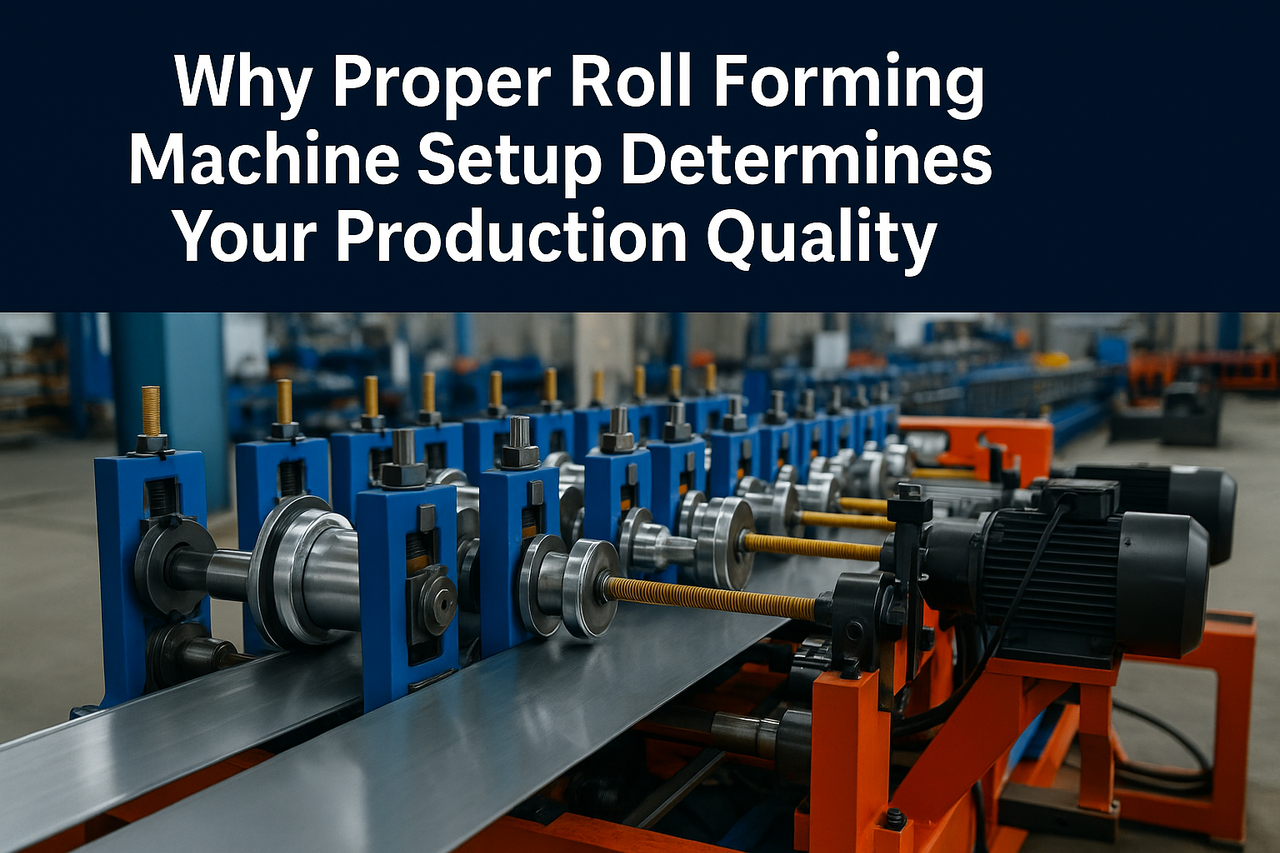
Why Proper Roll Forming Machine Setup Determines Your Production Quality
Posted on Monday, November 24, 2025
The #1 factor that decides accuracy, scrap rate, speed, and consistency.
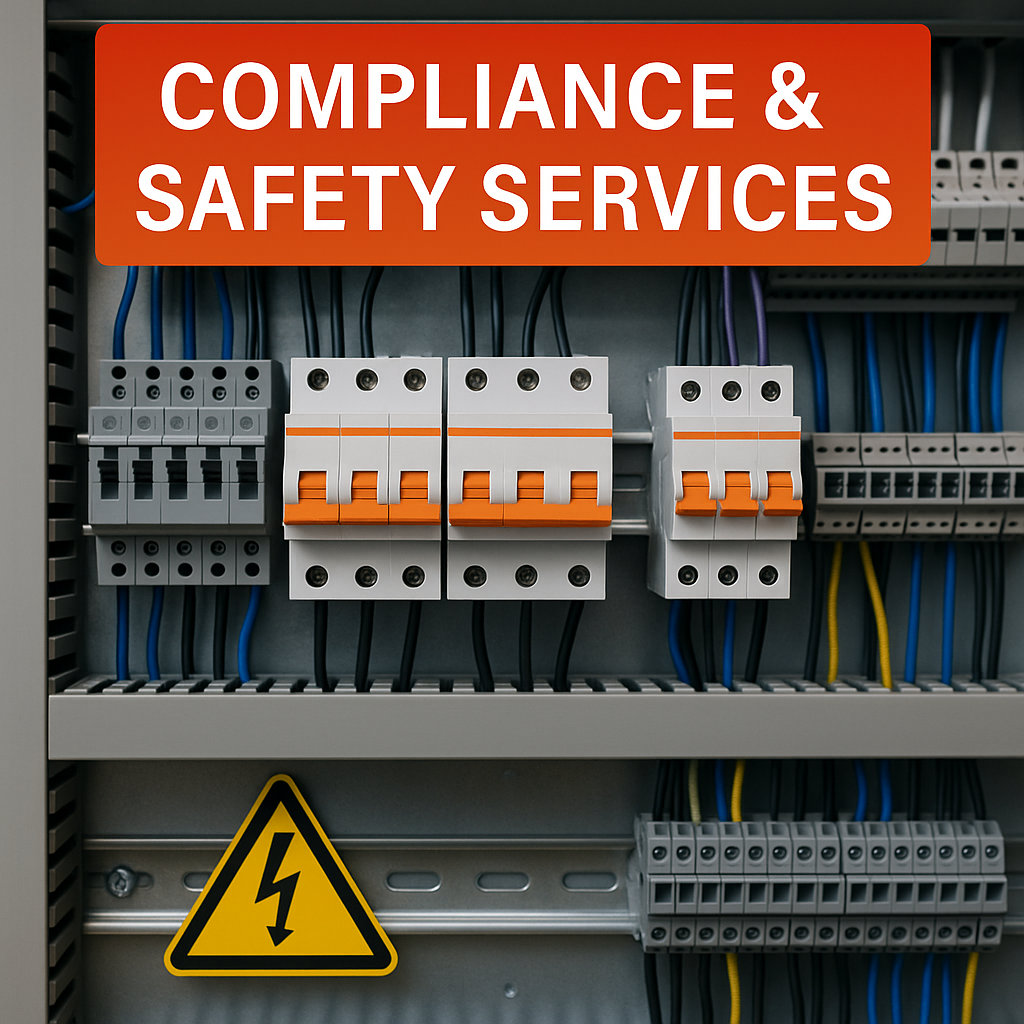
Compliance & Safety Services for Roll Forming Machines — Full Guide
Posted on Sunday, November 23, 2025
How Machine Matcher keeps your machines safe, legal, and fully compliant with CE, UL, and UKCA standards.
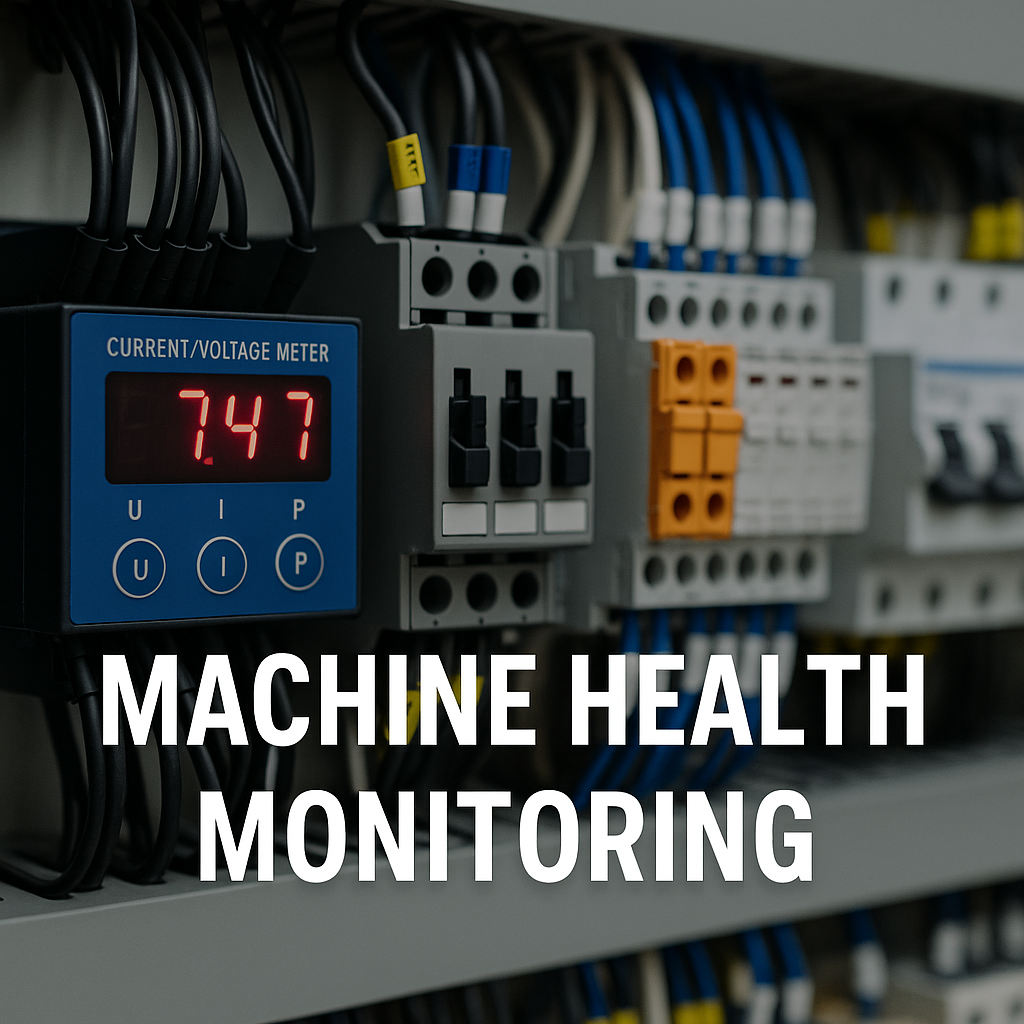
Machine Health Monitoring for Roll Forming Machines — Complete Diagnostic Service Guide
Posted on Sunday, November 23, 2025
Continuous diagnostics that prevent breakdowns, reduce downtime, and extend machine life.
Copyright 2025 © Machine Matcher.